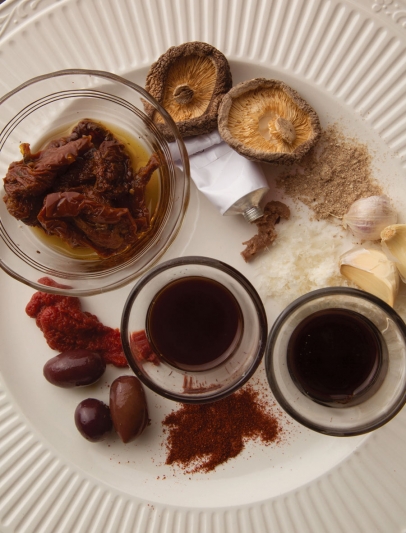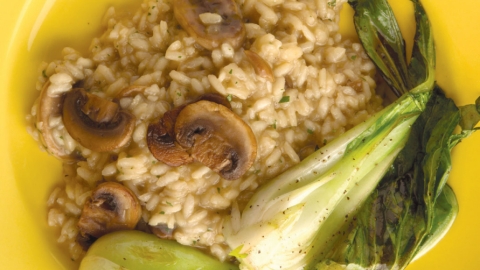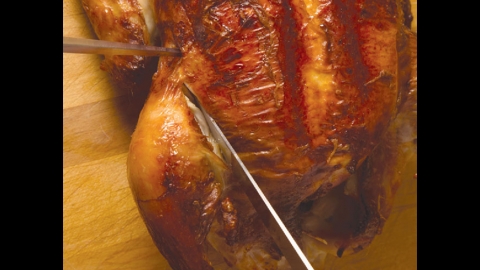Umami: Scientifically Delicious
It’s that certain something, that elusive charm, that je ne sais quoi that we can’t quite wrap our tongues around. It’s been described as savory, brothy, meaty, rich or even salty but not really and more than that. So indescribable that some doubt its reality but science backs it up. Identified as the fifth taste by a team of University of Miami researchers in 1996, the idea of umami was first proposed by a Japanese chemist, Kikunae Ikeda, in 1908.
He’s the man we can thank for the pretty Japanese word meaning “deliciousness” that describes the taste of glutamates and nucleotides, which don’t sound nearly as appetizing. In 2001, American scientists identified a dedicated taste receptor for glutamate on the human tongue. Go science! Umami adds that little something extra to your dish and works by rounding out and adjusting the overall balance of a dish or food. It’s kind of magical, really, but in a scientific, magically delicious kind of way.
Umami is naturally occurring glutamate in foodstuffs like fish, shellfish, mushrooms (especially dried), ripe tomatoes and tomato products, cabbage, spinach, celery, olives, as well as aged or fermented foods like cheese and Worcestershire sauce, and Asian foods such as fish sauce, soy sauce and products, shrimp paste, green tea, seaweed, dashi and miso. Umami is also present in meats high in connective tissue that benefit from a slow, low cooking process. Think stews and braises.
In the same way that salt induces salivation, umami does also. This is good for flavor perception because without saliva we wouldn’t be able to perceive taste nearly as well. Saliva is the medium by which we taste and umami helps our mouths produce it.
Glutamates may ring a sour note with you if you only associate them with MSG (monosodium glutamate) as a food additive commonly used in Chinese fast food. You might know that MSG has received a bad rap and is thought to cause headaches and other health problems. While the jury is still out on the actual effects, umami is naturally occurring and shouldn’t be tossed out with the proverbial bath water.
ET UMAMI BUTTER
There are several commercial umami pastes on the market. We like this umami butter because it’s easy to stir into soups and sauces and is delicious on freshly sautéed vegetables as well as crostini … well, on just about everything.
½ teaspoon paprika
2 tablespoons soy sauce
3 tablespoons tomato paste
5 oil-packed sun-dried tomatoes
12 black olives
½ cup grated parmesan cheese
2 tablespoons anchovy paste
2 cloves garlic, crushed
2 tablespoons mushroom powder*
2 teaspoons balsamic vinegar
1 teaspoon fresh lemon juice
½ pound butter, room temperature
Purée all ingredients except butter in a food processor until very smooth, scraping down the sides as needed. Add butter and pulse until combined. Refrigerates for up to 2 weeks and stores well in the freezer for up to 3 months.
HOW TO INCORPORATE UMAMI INTO YOUR DISHES:
Shave or grate parmesan, pecorino, or other aged cheese over vegetables, pasta or salads.
Add smoked meat to soups or stews.
Add tomato paste to sauces, soups, sautés, casseroles, dressings, etc.
Spread olive tapenade on crostini, sandwiches or salads.
Use Worcestershire in marinades for meats and vegetables.
Add a dash of soy sauce to sautéed vegetables even when you’re not preparing an Asian meal.
Add a dash of porcini powder to risotto, pilafs, soups, sauces or marinades.









